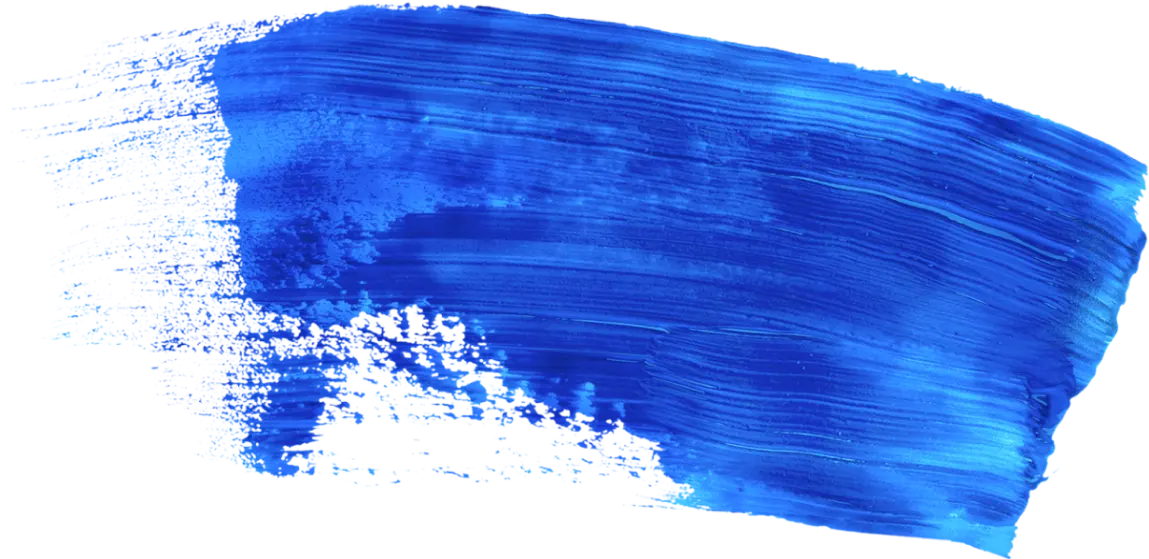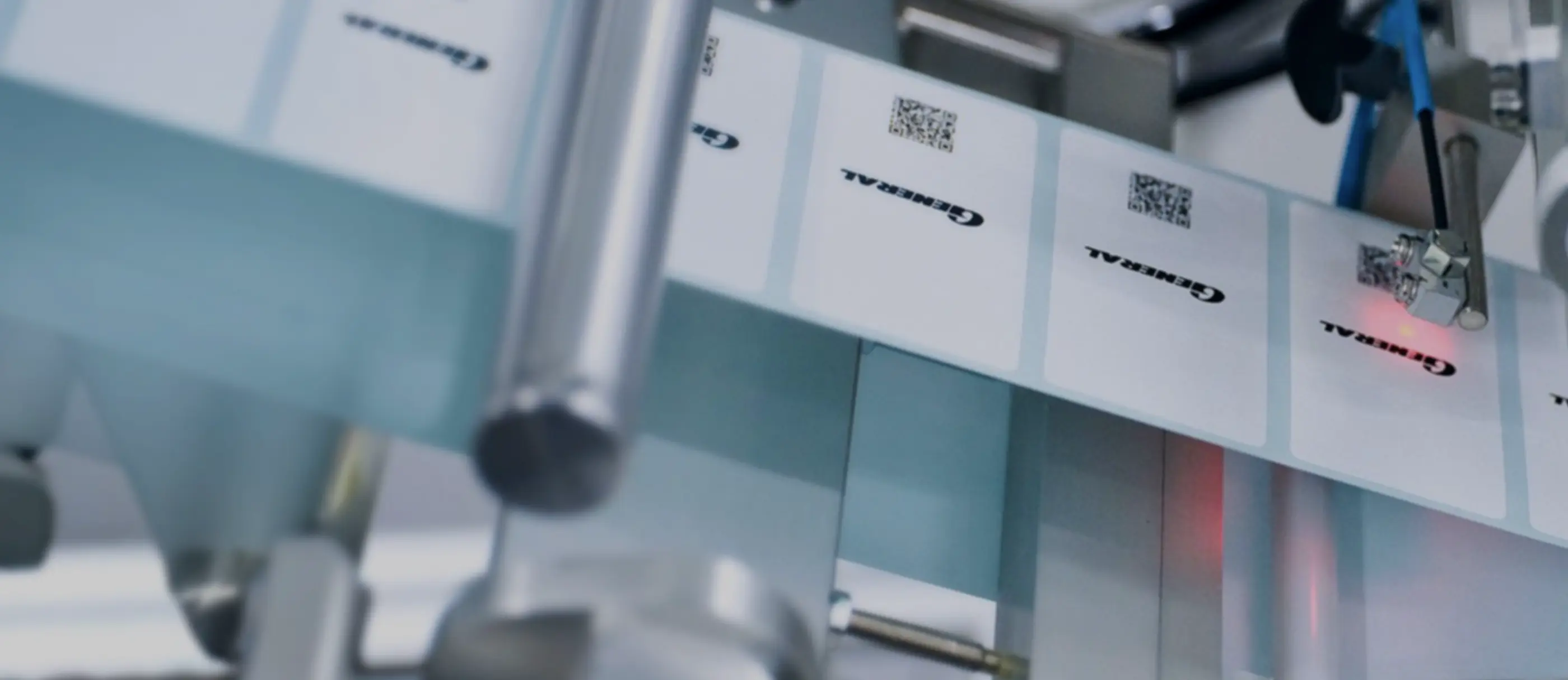History of Transformation
HISTORY OF
TRANSFORMATION
HISTORY OF
TRANS-
FORMATION


- Top
- History of Transformation
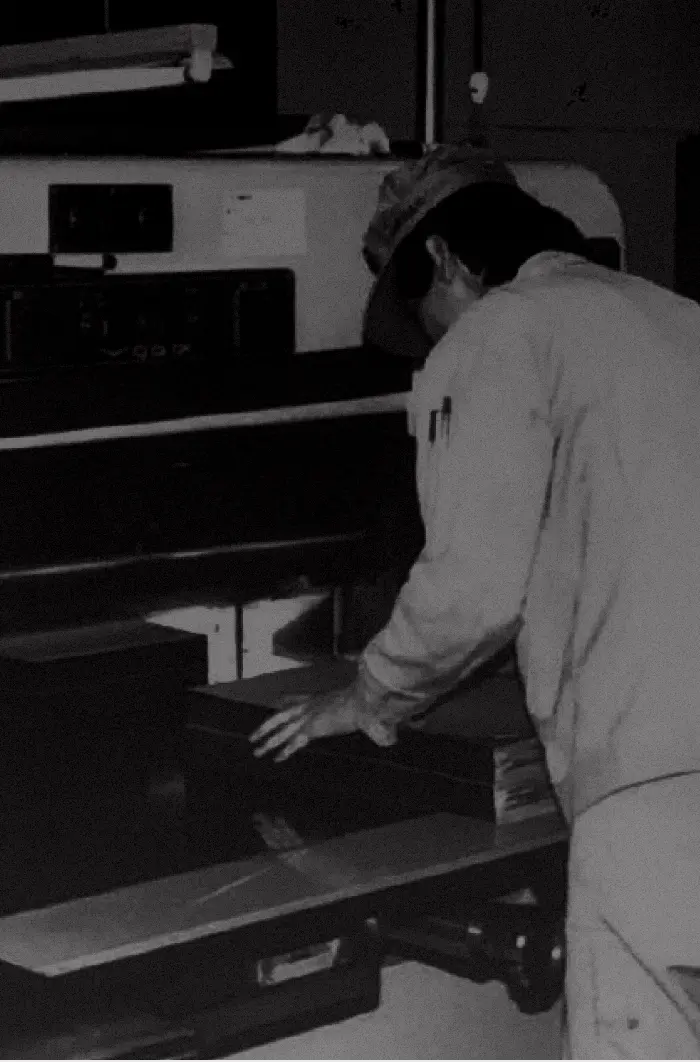
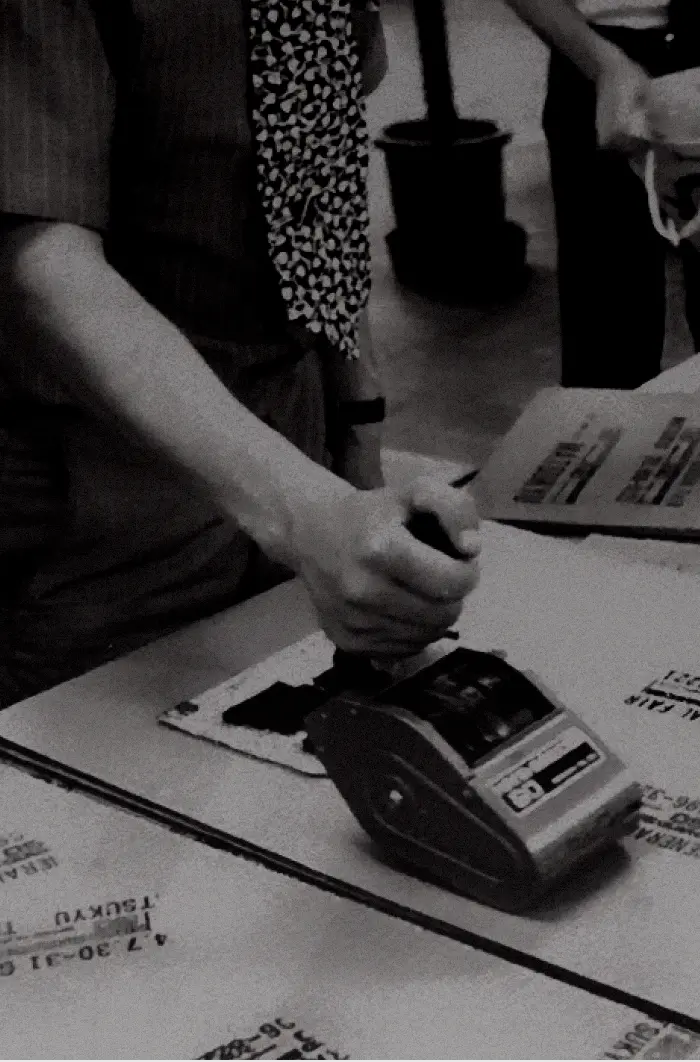
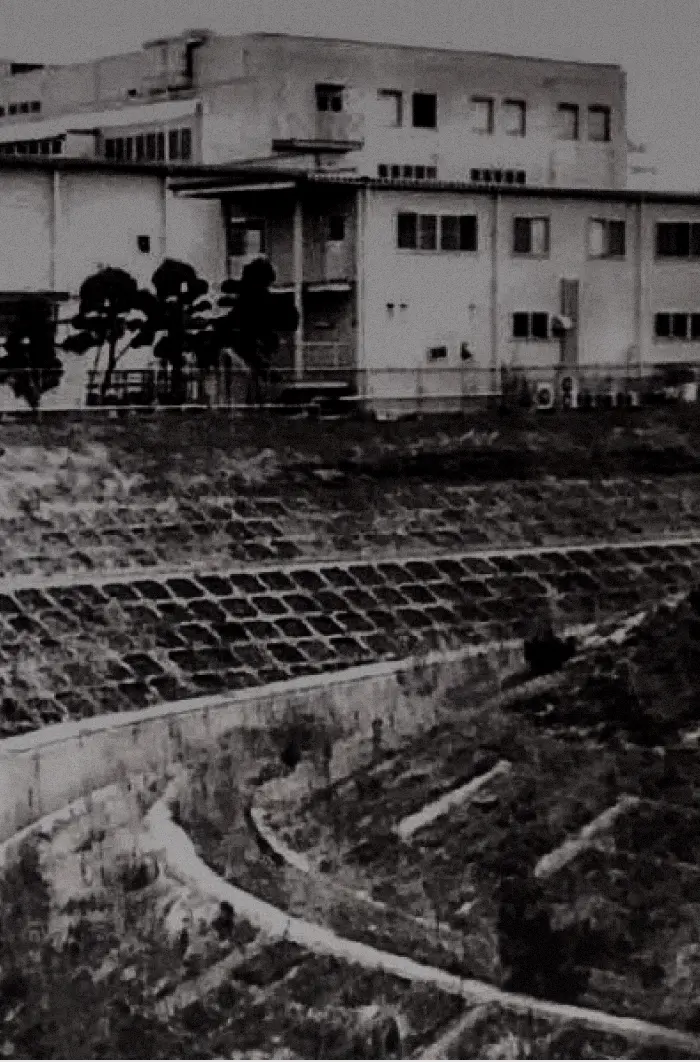


A Journey of Transformation by Taking on Challenges Amid Changing Times
With a long history centered around ink and coating technologies, we have evolved our techniques to meet new needs as society has grown and changed. Learn about the efforts and innovations that have helped us refine our technologies to this day.

From Japanese Paper to Western Carbon Paper
Achieved Industry Recognition Through
Independent Research and Development
The company began by manufacturing carbon paper using traditional Japanese paper. Initially, everything was done manually, but foreseeing the expanding demand in line with Japan's economic growth, we introduced a Western paper coating machine from Germany and began improving the production process. Our founder, Shigenosuke Ashida, passed down the attitude of not imitating other companies’ technologies but taking on the challenge of independent research and development to his sons, who succeeded in creating Western carbon paper. The products with greatly improved productivity and quality became widely known in society and the industry under our original "GENERAL Carbon paper" brand.
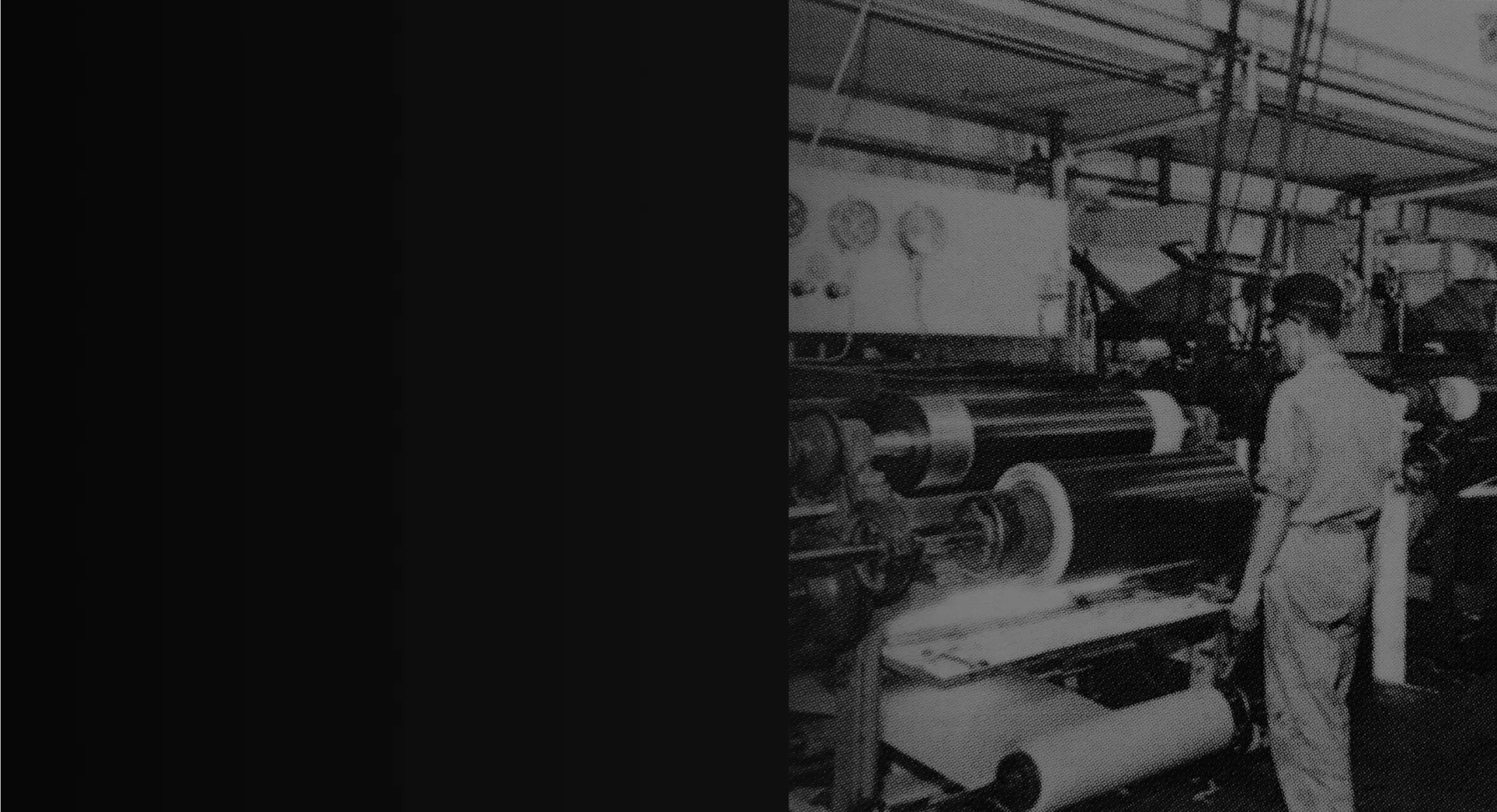
From a Carbon Paper Manufacturer
to a Leading Company in Office Equipment
With the sequential construction of new factories, the production volume of "General Carbon Paper" steadily increased. Without resting on our laurels, the company honed its technical expertise through technical collaborations with overseas companies and independent development. Eventually, the coating technology for carbon paper evolved into ink ribbons for computers. This led to the development and sale of various ink ribbons for dot matrix printer paper, English and Japanese typewriters, adding machines, and OCR. Thus, General expanded beyond carbon paper manufacturing and evolved into a conglomerate leading the office equipment industry.

With High Technical Capabilities Gaining Attention
from the Market, Growing into a Global Company
As computers were introduced into businesses and the digitization of office work accelerated, we developed the Thermal Transfer Carbon & Ribbon. We supplied it to the market as ribbons for word processors and fax machines, and developed it further into POS paper and thermal transfer paper. Moreover, through joint research with major office equipment manufacturers, we were the first in the world to practicalize the Thermal Digital Master Method, which creates holes in characters using heat. Around this time, we established bases in New York and South Korea, solidifying our position as a global company.
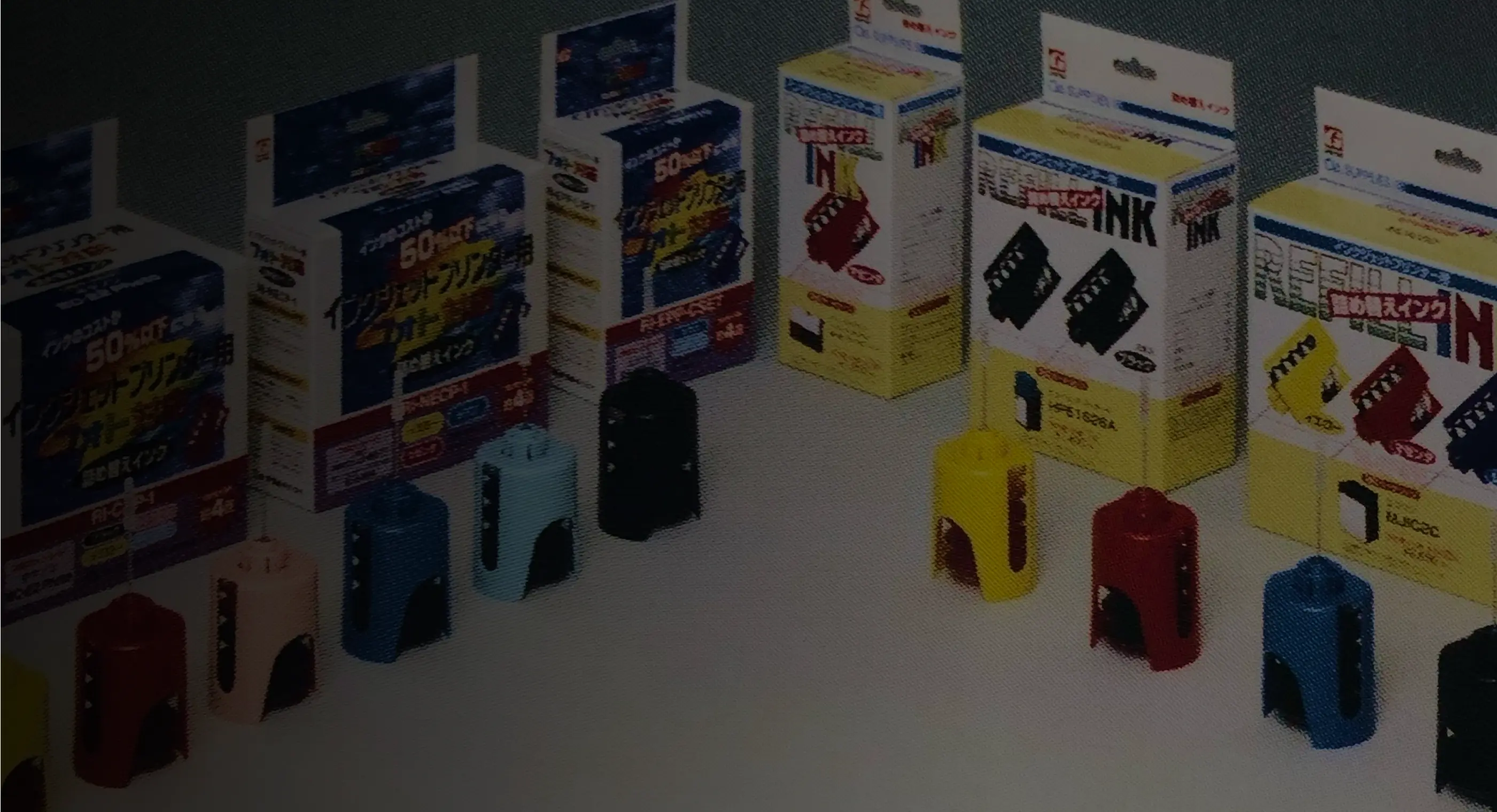
Beginning Development of Refill Ink
Achieving Market Leadership
With the spread of small inkjet printers in households, we began researching and developing inkjet ink. Focusing early on reducing the economic burden on users and environmental considerations, we developed refill ink that offered high accuracy in color reproduction and stability, equivalent to original products. Due to the affordability and high convenience of our ink, we gained a top market share. However, as new market entrants, including overseas competitors, increased, profitability began to decline, prompting a shift in focus to industrial applications. We began developing printing papers (receiving papers) and continued to improve performance by introducing a series of waterproof products and new innovations, which helped us maintain business growth.
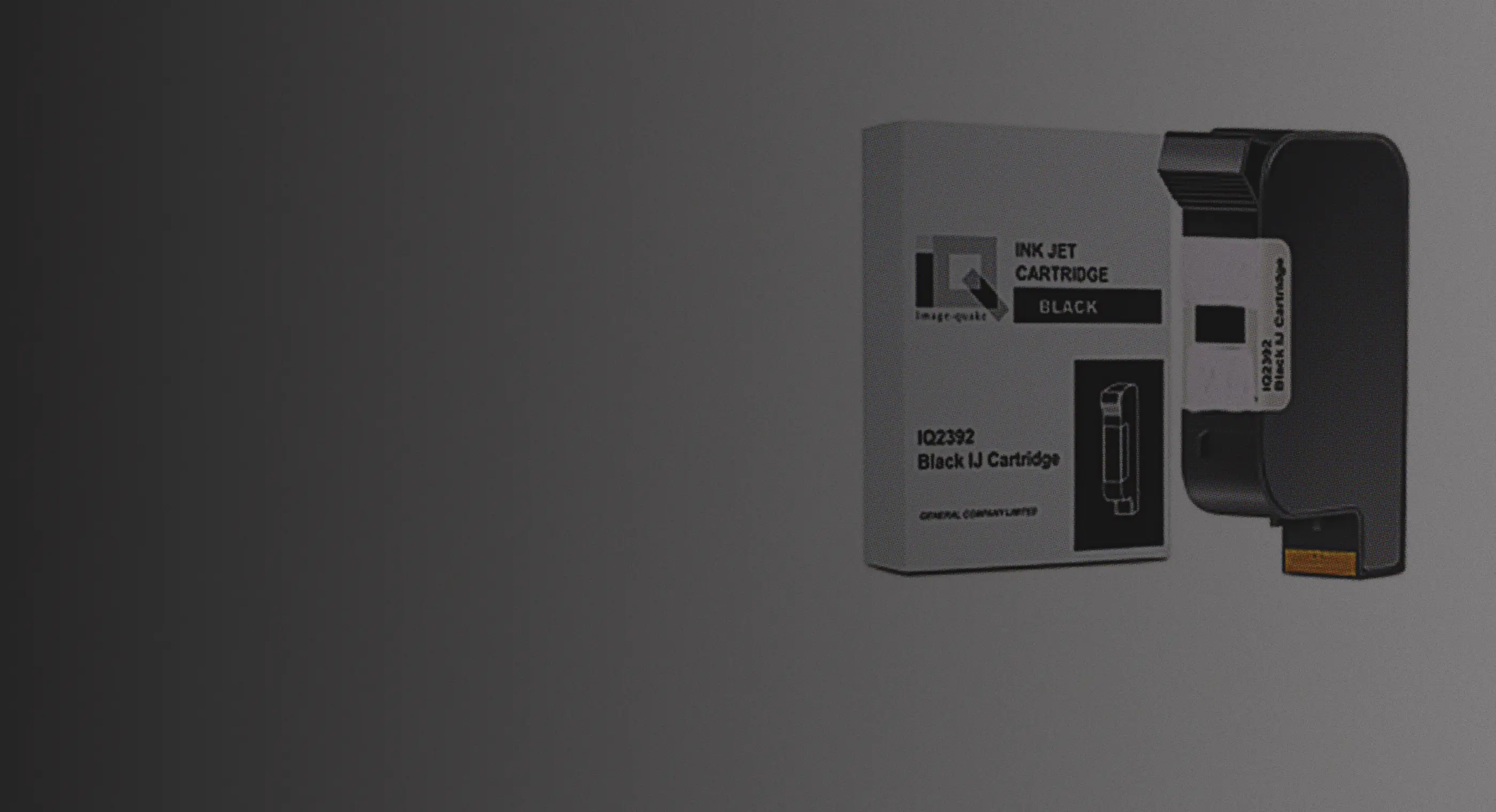
Developing Thermal Inkjet Ink for Industrial Printers
Around from the year 2000, we built a relationship of trust with HP Inc. through proposal activities and began serving as Japan’s distributor for their industrial inkjet inks. In 2006, we self-developed the ink IQ2392A, targeting printing on resin-coated base materials. This product, capable of high-speed, high-grade printing on materials that conventional water-based inks could not handle, quickly gained popularity, especially in the direct mail market for address printing. Later, we developed fast-drying solvent inks, which enabled printing on non-porous materials such as films and metals without the need for dryers. In addition to the trust earned through distributor activities, our ink development capability was highly regarded, and in 2013, we acquired the ink filling license for HP Inc’s cartridges. To this day, we continue to contribute to the expansion of the industrial inkjet market with a multifaceted approach.

Proposing DX Solutions and Challenging
the Manufacture of Electronic Component Materials
We introduced a clean coater capable of coating in dust- and dirt-free clean environments. By applying the technologies we have cultivated, we are now able to handle special coatings for precision electronic components. Additionally, stepping beyond ink and coatings, we began developing and proposing RFID-based solutions to support the digital transformation (DX) of manufacturing sites. Other verification activities aimed at practical applications are also underway, and we continue to evolve as a company that meets the demands of the times.
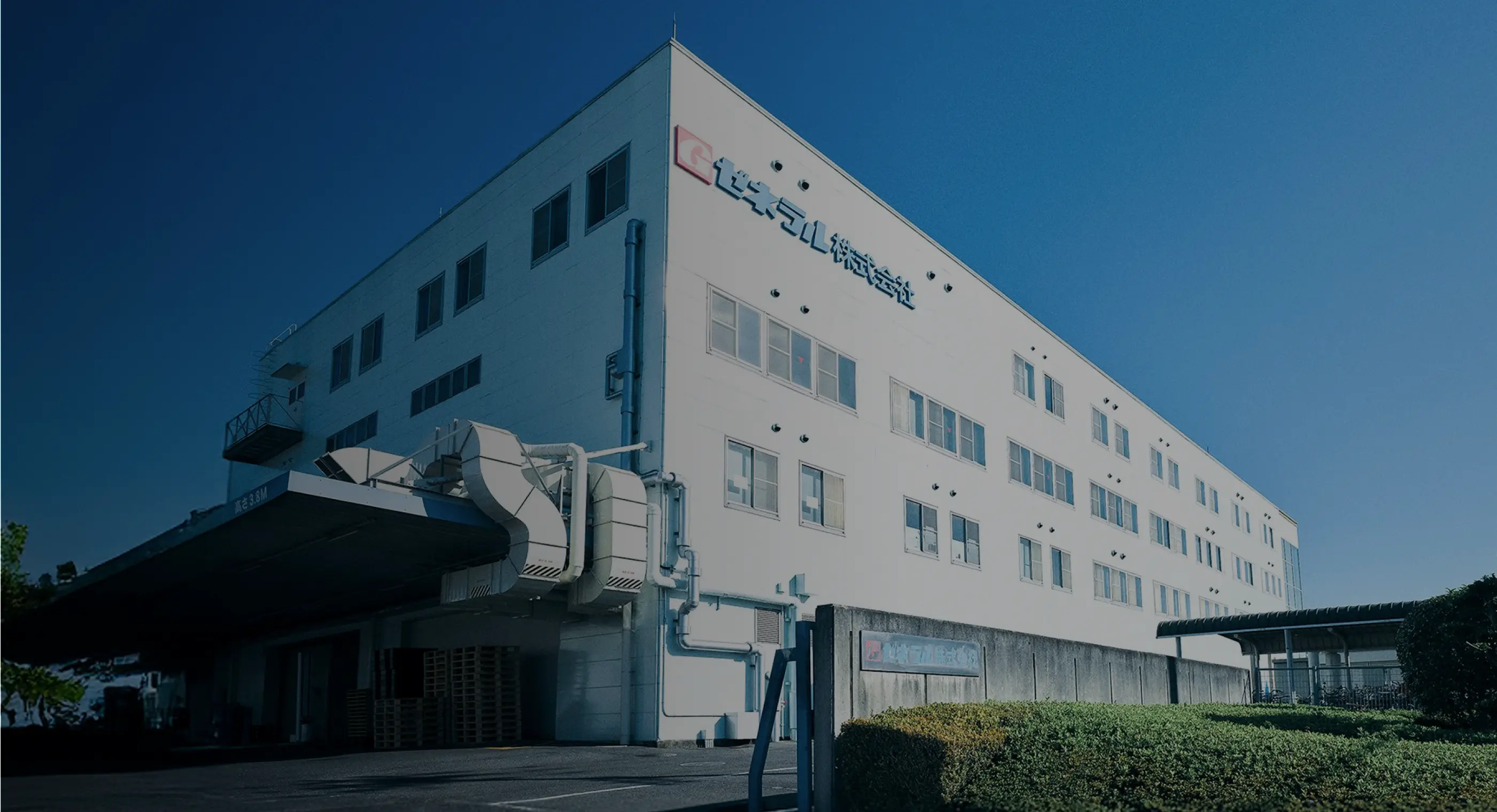
Taking on Challenges Further
to Open Up New Possibilities
No matter the circumstances, we have always believed in our technological capabilities and continued to evolve for over 100 years. Moving forward, we will continue to adapt swiftly to changes in the times and society's needs, creating new value and growing as a company.
